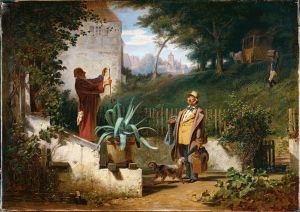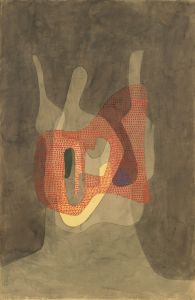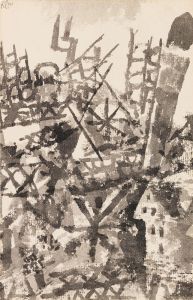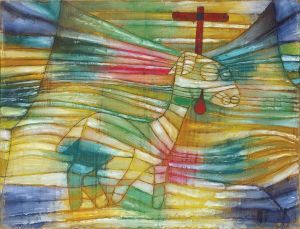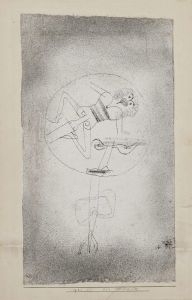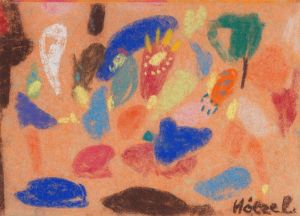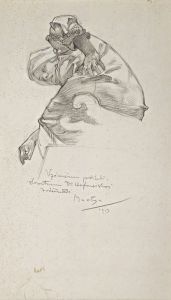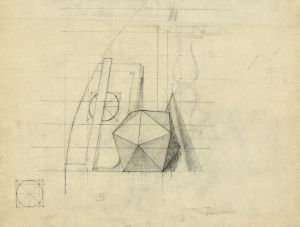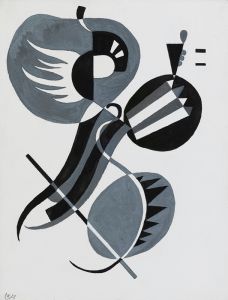
Tightrope Walker
A hand-painted replica of Paul Klee’s masterpiece Tightrope Walker, meticulously crafted by professional artists to capture the true essence of the original. Each piece is created with museum-quality canvas and rare mineral pigments, carefully painted by experienced artists with delicate brushstrokes and rich, layered colors to perfectly recreate the texture of the original artwork. Unlike machine-printed reproductions, this hand-painted version brings the painting to life, infused with the artist’s emotions and skill in every stroke. Whether for personal collection or home decoration, it instantly elevates the artistic atmosphere of any space.
Paul Klee's "Tightrope Walker" is a notable work by the Swiss-born artist, created in 1923. Klee was a highly influential figure in the development of modern art, known for his unique style that combined elements of expressionism, cubism, and surrealism. His work often features a playful use of color and form, and "Tightrope Walker" is no exception.
The painting depicts a figure balancing on a tightrope, a theme that resonates with Klee's interest in the precariousness and balance inherent in both art and life. The tightrope walker is rendered in a simplified, almost abstract form, which is characteristic of Klee's approach to figuration. The figure's limbs are elongated and angular, suggesting movement and tension, while the background is composed of geometric shapes and vibrant colors that create a dynamic sense of space.
Klee's use of color in "Tightrope Walker" is particularly noteworthy. He employs a palette of reds, blues, yellows, and greens, which are arranged in a harmonious yet striking composition. This use of color not only adds to the visual impact of the painting but also serves to convey the emotional and psychological states of the figure. Klee was deeply interested in the expressive potential of color, and he often used it to evoke moods and ideas beyond the literal subject matter of his works.
The painting reflects Klee's fascination with the concept of balance, both in a literal and metaphorical sense. The tightrope walker can be seen as a metaphor for the artist himself, navigating the fine line between abstraction and representation, chaos and order. This theme of balance is a recurring motif in Klee's work, reflecting his belief in the interconnectedness of all things and the importance of harmony in art and life.
"Tightrope Walker" was created during Klee's time at the Bauhaus, where he taught from 1921 to 1931. The Bauhaus was a highly influential art school in Germany that sought to integrate art, craft, and technology. Klee's work during this period was marked by a focus on form and structure, influenced by the Bauhaus's emphasis on design and functionality. His teaching and artistic output at the Bauhaus had a significant impact on the development of modern art, and "Tightrope Walker" is a testament to his innovative approach to painting.
Today, "Tightrope Walker" is held in high regard as an example of Klee's mastery of color and form. It continues to be studied and admired for its unique blend of abstraction and figuration, as well as its exploration of themes that remain relevant to contemporary audiences. The painting is part of the collection at the Kunstmuseum Basel in Switzerland, where it is accessible to the public and serves as an important piece of Klee's artistic legacy.





